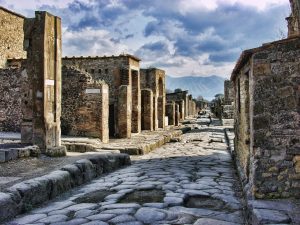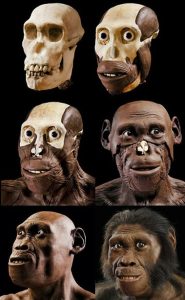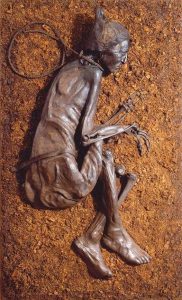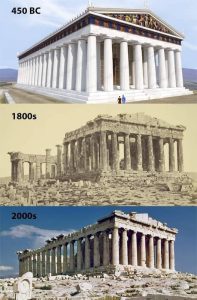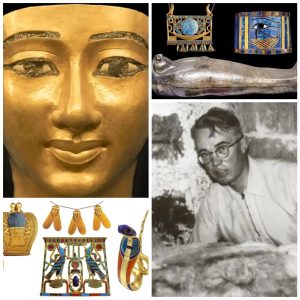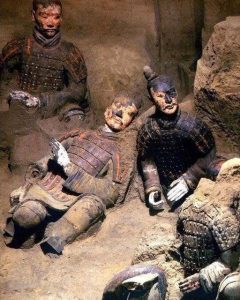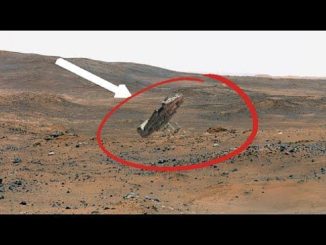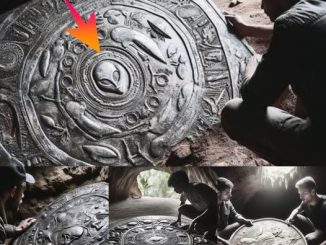A Room from the excavated ruins of Herculaneum, Italy
Most of the city, defined as ‘an open-air archaeological laboratory,’ remains unexcavated. Less famous and not as busy as Pompeii, the site has introduced new visits and promises extraordinary finds
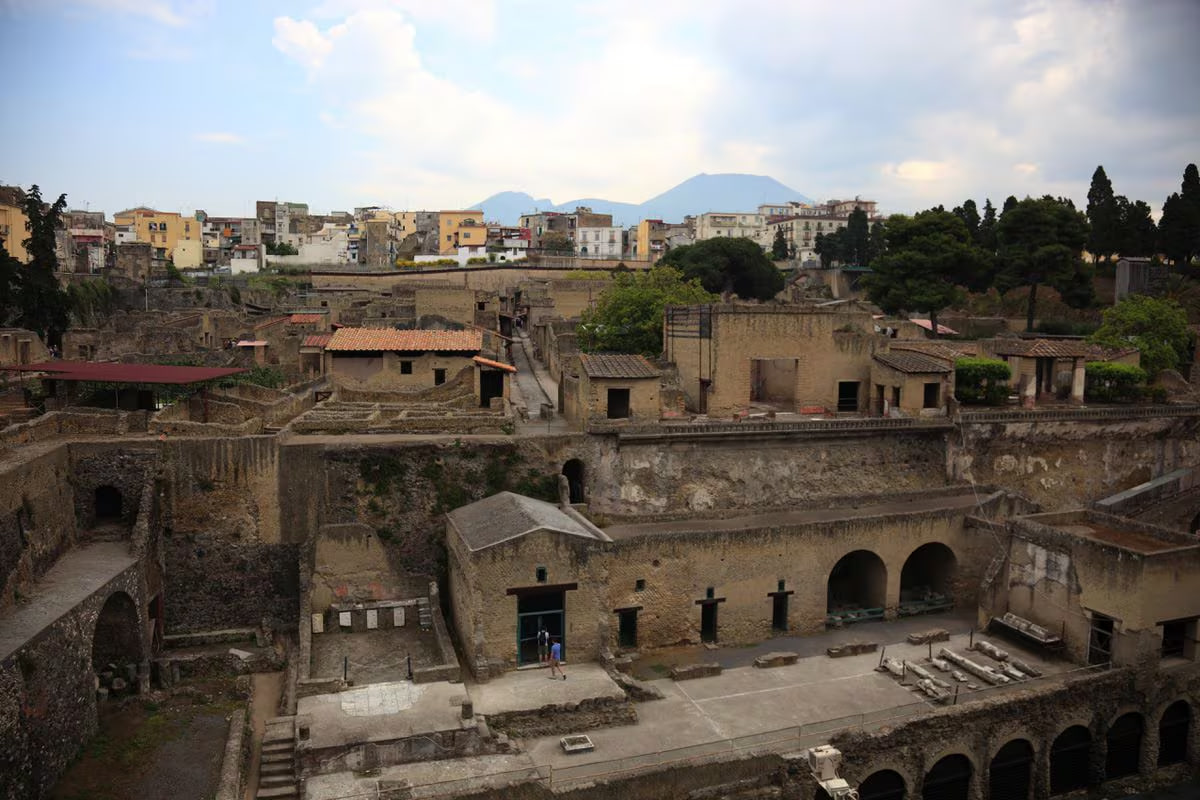
View of the Roman city of Herculaneum, with Vesuvius in the background.BILDAGENTUR-ONLINE (BILDAGENTUR-ONLINE/UNIVERSAL IMA)
For centuries, archaeologists faced a mystery when excavating the ruins of Herculaneum, one of the cities destroyed by the catastrophic eruption of Vesuvius in AD 79: why were there no human remains? No one knew where the dead were. In Pompeii, they had been found from the start. Only in the 1980s did researchers find them: about 300 people had taken refuge in warehouses near the sea but, while waiting for help that never came, they were burned by a surge of gas at 550 degrees Celsius (1022 degrees Fahrenheit) expelled by the volcano. In fact, it is the largest concentration of skeletons of antiquity that has survived to the present. Their bodies turned to vapor and, as a stunning May 1984 National Geographic cover showed, only their jewelry and metal objects withstood the lethal thermal shock. Most of the victims of Pompeii, on the other hand, died due to the pyroclastic flow that hit them and were then buried under calcified ash.
The two cities were destroyed by the same catastrophe, but in very different ways: one was buried under tons of pyroclastic material; the other razed by mud and scorching gas. This is what has made the ruins of Herculaneum — the first Roman city in the Gulf of Naples to be found by archaeologists in the 18th century — much harder to excavate than those in Pompeii, because that mud turned to stone. Much of the Roman city is also under modern Ercolano, a bustling suburb of Naples, located much closer to the capital of Campania than Pompeii. It is an immense square of about two hectares (5 acres) and 25 meters of rock hardened by the centuries have had to be excavated to access the Roman streets, temples, gymnasiums, palestras, houses, and shops. But, at the same time, this has allowed materials to be preserved, such as wood, practically unique for remains from the ancient world. Today, Herculaneum is, in the words of Francesco Sirano, the director of the site, “an open-air archaeological laboratory,” which can still offer many surprises, such as the corpses on the beach.
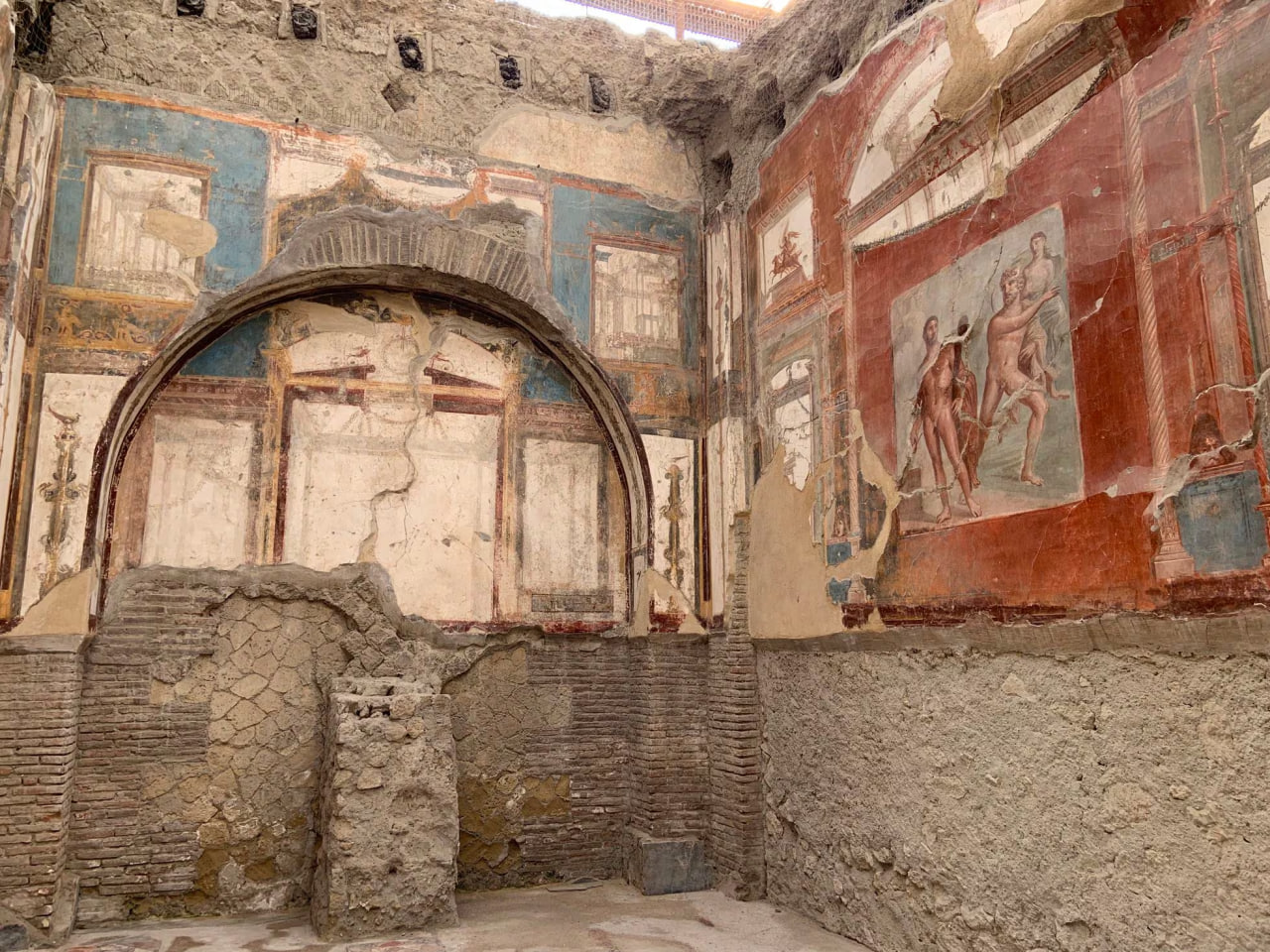
The Roman city of Herculaneum, destroyed by the eruption of Vesuvius.GUILLERMO ALTARES LUCENDO
Spanish history professor and researcher Daniel García Varo has recently published Herculano. La ciudad del Vesubio [Herculaneum. The city of Vesuvius], the first monograph in Spanish on the Roman city, a further demonstration of the growing interest in the site. “Compared to any other Roman excavation far from the Bay of Naples,” explains García Varo, “Herculaneum tells us all about the daily life of its citizens, trade, and establishments. Although, art, culture and religion are also present with all kinds of examples. The entire life of a Roman is within the reach of researchers in a couple of hectares thanks to the eruption that made the preservation possible.”
In front of Pompeii, which for years has made headlines with each new discovery, Herculaneum occupies a discreet background: an important part of the information offered by this city does not come only from excavations, but from research of what is found using the latest technologies. Here, even feces have become a data mine: one of the great experts in the city’s history, retired professor of classics at the University of Cambridge Andrew Wallace-Hadrill, who was the director of the Herculaneum Conservation Project, analyzed the remains found in an old septic tank for years and extracted information about the diet and diseases suffered by the 4,000 inhabitants of the city. The Herculaneum Conservation Project is a public/private consortium that unites the Packard Humanities Institute with the Italian State and the British School at Rome, among other institutions, to promote knowledge about the site. Sirano announces that, soon, there will be extraordinary news thanks to a piece of wood found in a sack of one of the fleeing people.
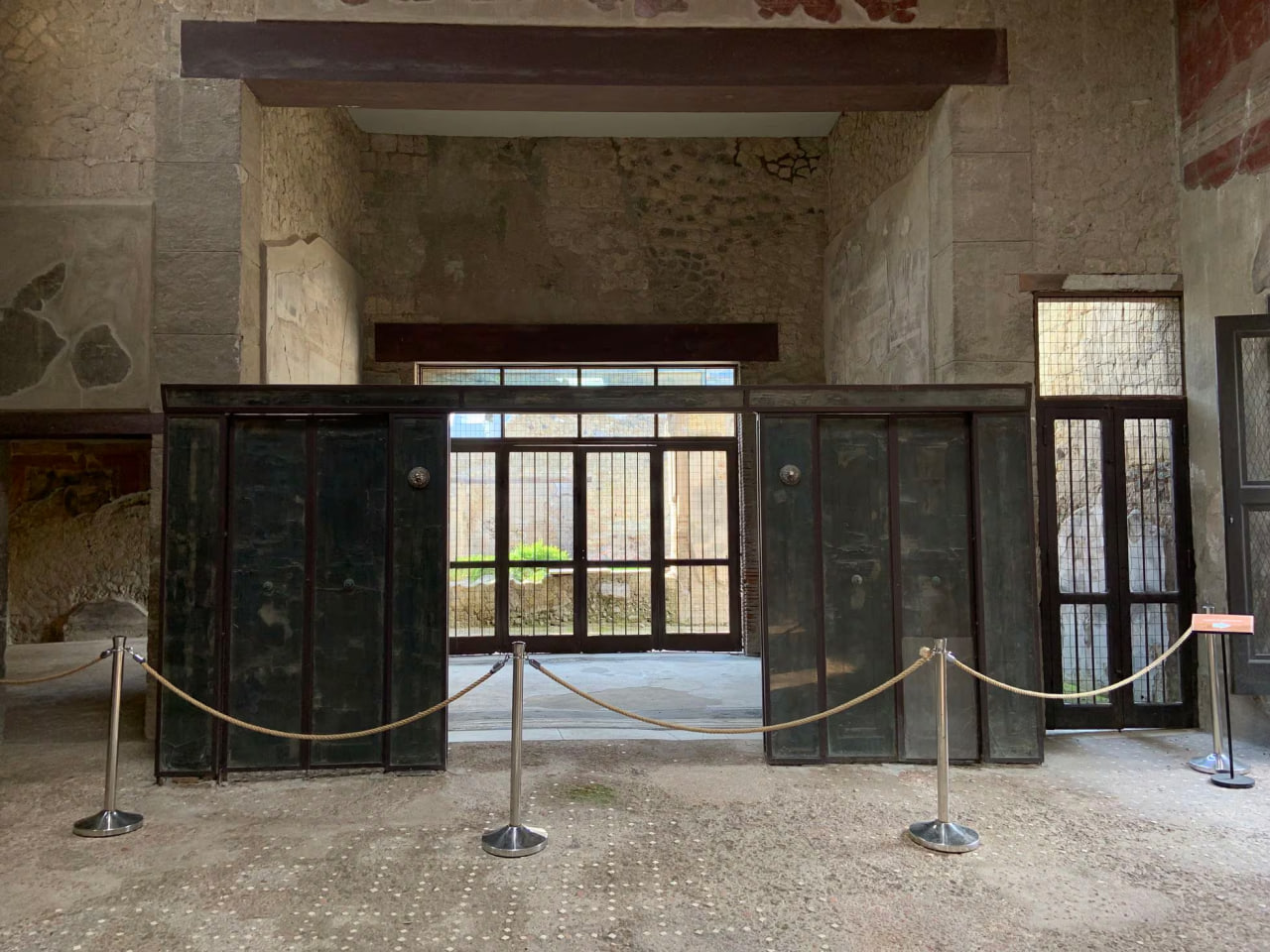
Roman wooden door at Herculaneum.GUILLERMO ALTARES LUCENDO
One afternoon in late May, Herculaneum was quiet, with relatively few tourists, especially with respect to its older sister city. Quite a few houses remained closed with signs announcing that restoration or excavation projects were underway. It gave the impression of being a living archaeological site, in full development. In fact, after the summer, access to what was the old beach will open — now the sea is a few hundred meters away — and one will be able to see up close the reproductions of the skeletons found in the old warehouses.
While walking on the black volcanic stone or on the Roman paving slabs, the remains of wood in shops and houses are especially impressive: the beams, the shelves on which the merchants placed their wares, the beds, the doors … A recent exhibition at the Museum of Herculaneum — located one kilometer from the city, in the Sito Reale di Portici — showed some of the furniture found during the excavations: a chest of drawers, chests, stools, a boat, tablets, a bed, a cradle, a small altar with the lares (the domestic gods), even a Roman purse. For Wallace-Hadrill, the last great discovery in Herculaneum, recently opened to the public, are the painted wooden remains of the House of the Bas-relief of Telephus, also one of Daniel García Varo’s favorites.
Wood, as a once-living organism, causes a strange feeling of closeness with the people who, 2000 years ago, used all these objects in their daily lives. In addition, they are not very different from those we find right now in our own homes. “The fact that organic materials have been preserved has driven many scientific advances,” Wallace-Hadrill, author of Herculaneum: Past and Future (Frances Lincoln, 2011), explains. His BBC documentary Life and Death in Herculaneum is a classic about the city. But contemplating a crib or a small sideboard, with a perfectly contemporary design, goes beyond science: it is something emotional.
The bones, the wood, the tartar on the teeth have been analyzed… “The skeletons of those who were not spared tragedy have made a very deep knowledge of the Roman world possible,” says Francesco Sirano. “We even know the diet, the diseases they had. In the excavation of the septic tank everything has been found, even remains of cheese with brucellosis, fruit, bread, stomach bacteria, remains of fish that are still eaten in the Bay of Naples… This is 360-degree information about the ancient world.”
However, what has been found is only a tiny part of what may appear. Herculaneum is not only impressive for what it shows, but for what it still hides. “Two-thirds of the city remains unexplored,” Wallace-Hadrill notes. “But the most important thing is to discover this precious but limited resource very gradually, taking advantage of the latest technological advances in scientific archaeology,” the researcher continues.
One of the first buildings excavated in Herculaneum was the Villa of the Papyri, one of the most famous sites in the cities destroyed by Vesuvius, because in it an entire library was found that is still being investigated. Located outside the square of the main site, it has not been excavated for years for safety reasons and only part of what it contains is known. When visiting the rooms dedicated to the villa in the National Archaeological Museum of Naples, it is difficult not to think about what can still be found. Preserved there is one of the first pieces that archaeologists of the 18th century found in Herculaneum and that, in a more forceful way, shows the cultural abyss that separates us from ancient Rome: it is a statue of the god Pan copulating with a goat.
In addition to the thousands of objects preserved in the deposits, the new rooms dedicated to Herculaneum in the National Archaeological Museum of Naples — recently ordered by site and not only by style — give an idea of the immense beauty of what has been found. And they suggest what may appear under tons of rock. “What may remain to be discovered in Herculaneum is so immense that it is overwhelming,” says Daniel García Varo. “Only a quarter of the city has been excavated, which tells us that there are three times as many homes, shops, public buildings, and villas full of all kinds of luxuries. Herculaneum still has a lot to say, and I am sure that religious and political buildings (the most absent from the archaeological complex) await us under 25 meters of petrified pyroclastic flow.”
